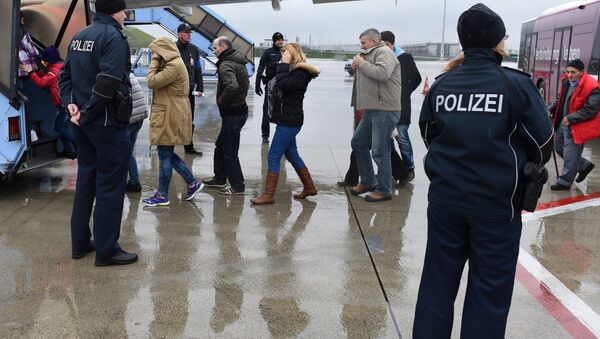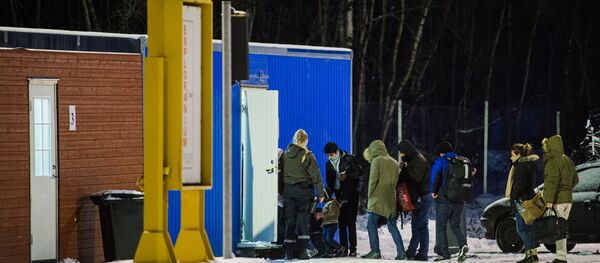Twenty-four percent were from Afghanistan, up from 18 percent, and 25 percent from Iraq, compared to 8 percent in 2015. The rest were from North Africa and the Balkans, the paper wrote.
According to Frontex, migrants from countries other than Syria have less chance of being recognized as asylum seekers, while Moroccans, Tunisians and Algerians, as well as those coming from the Balkan states are viewed as economic refugees.
The German government is now working on a law which, if passed, will designate some regions as “safe” thus allowing easier deportation of people coming from these countries.
October saw the largest influx of refugees with almost 7,000 arriving in Europe each day, while their numbers considerably decreased in January when just over 60,000 refugees crossed the EU’s borders, the newspaper wrote.



